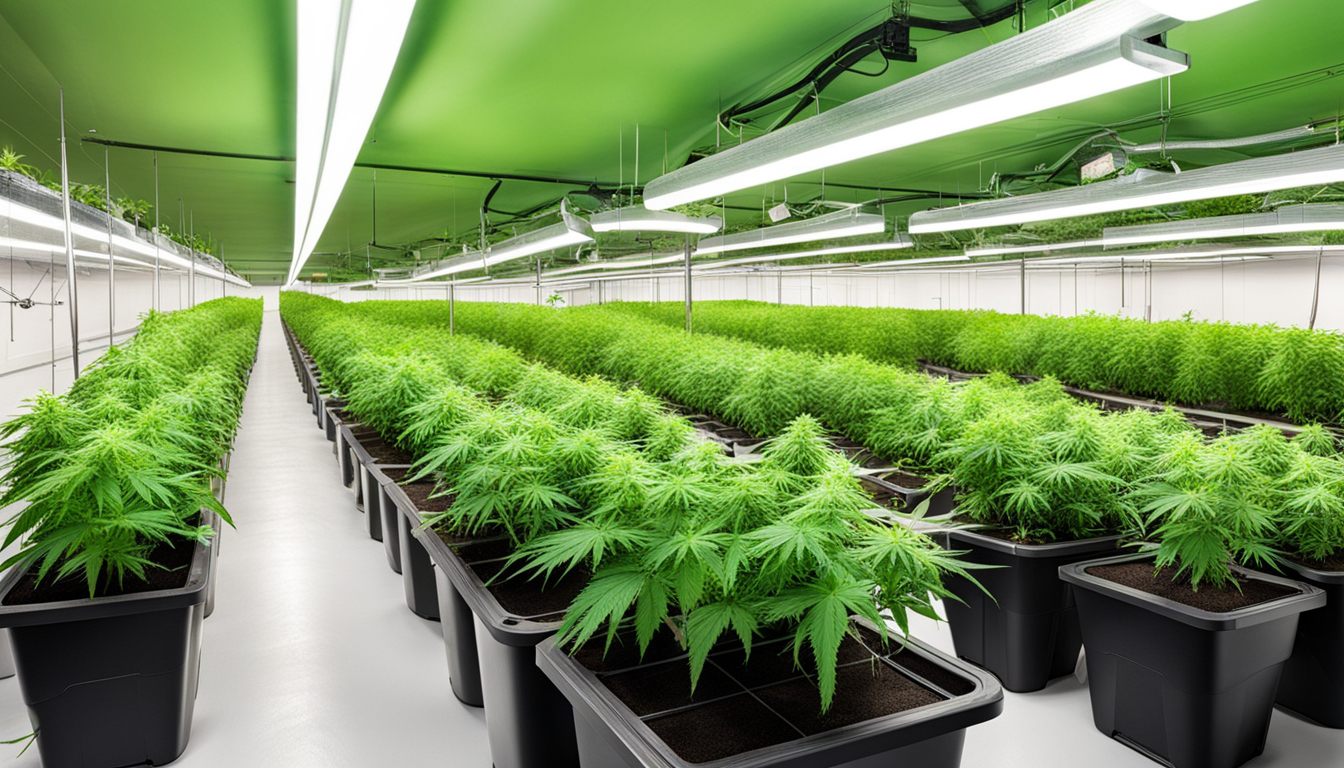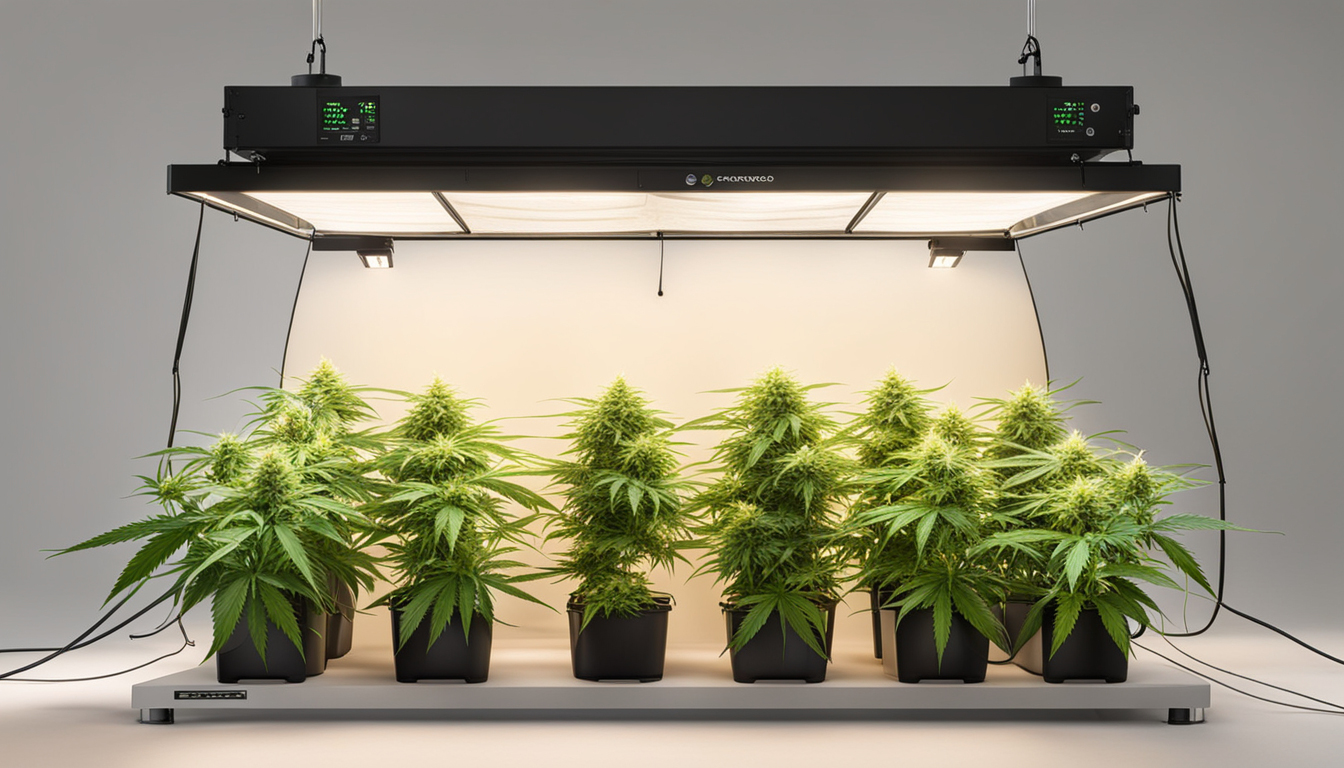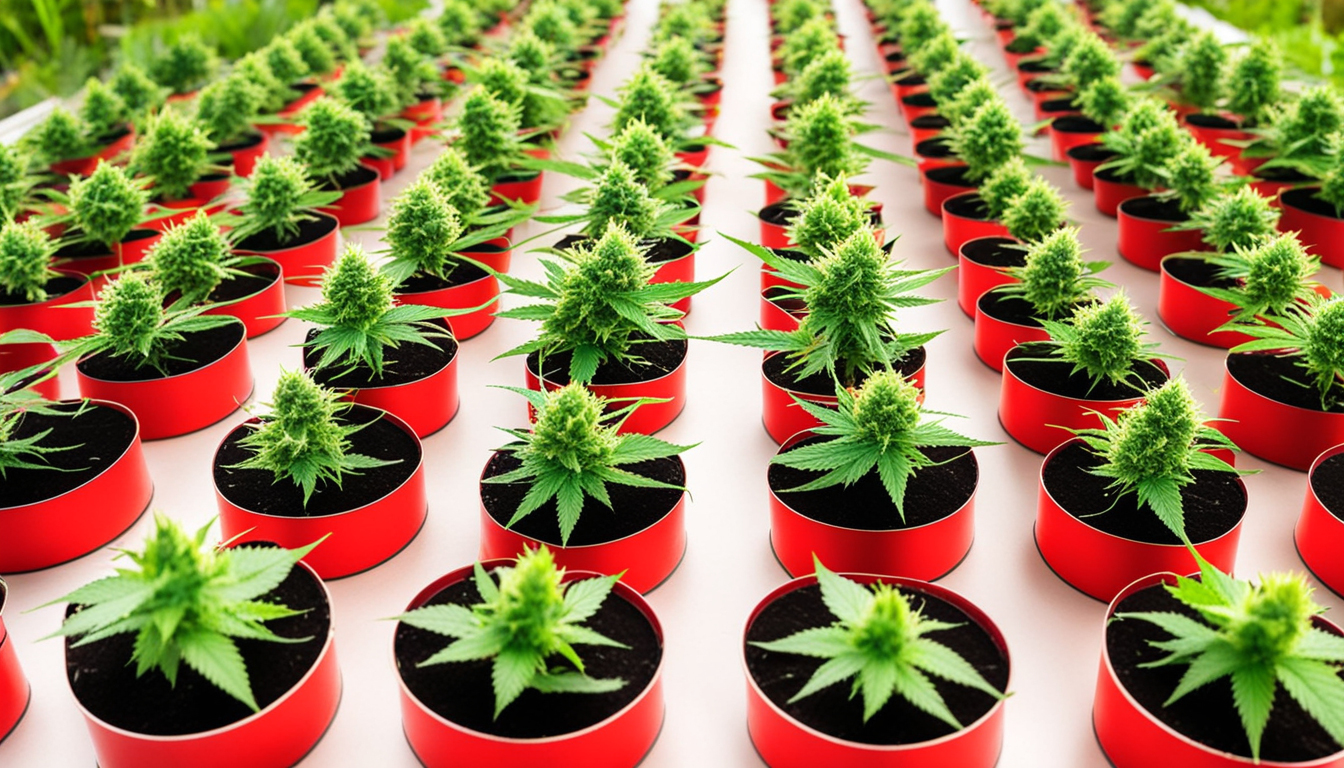
Whether you're new to marijuana production or looking to improve your existing grow, following this complete guide will help you produce large, high-quality yields right at home. With the right gear, strategies, and attention, cultivating cannabis indoors can be an extremely satisfying and cost-effective endeavor.
Choosing Marijuana Varieties
The first step in planning your indoor harvest is choosing the right cannabis strains to grow. The three main types of marijuana plants each have their own characteristics.
Sativas
Known for their invigorating intellectual effects, these strains spread tall and slender with narrow leaves. They flourish in tropical equatorial climates and have a longer flowering time between 10-12 weeks indoors. Top sativa strains include Jack Herer, Durban Poison, Super Lemon Haze, and Jack Herer.
Relaxing strains
These strains provide calming body-focused effects and grow short and bushy with broad leaves. Accustomed to colder mountain climates, they bloom faster within 2-2.25 months. Popular relaxing varieties include Northern Lights, Bubba Kush, and Bubba Kush.
Mixed strains
Mixed varieties mix traits from both energizing strains and relaxing strains. They offer blended effects and have medium blooming times around 2.25-2.5 months. Popular mixes are Blue Dream, OG Kush, and Blue Dream.

Setting Up Your Grow Space
Cannabis plants need the right controlled environment to succeed. Key factors for indoor cultivations are lighting, ventilation, layout, and finding the ideal discreet location.
Location
Choose an available space with direct access to water and electrical outlets. An empty spare room, large closet, corner of the basement, or cultivation tent tucked away in a garage all make great stealthy grow room spots.
Lights
Marijuana requires strong light for all vegetative stages. LED grow lights are energy-efficient and come in broad spectrum options simulating natural outdoor light. Provide 15-25 watts per square foot for the growth stage and 20-40 watts per square foot for bloom.
Ventilation
Proper airflow and exhaust systems keep ideal temp, humidity, and pure CO2 levels. Set up quiet 4-6 inch blowers or scrubbers to refresh old air and eliminate odors.
Layout
Optimize your space by arranging plants strategically under the lamps and leaving room to reach and work around them. Set up distinct zones for vegetation, bloom, drying, and cloning.

Growing Substrates
Weed can be grown in various substrates, each with pros and cons. Pick a appropriate option for your specific setup and cultivation style.
Soil
The classic substrate, soil is affordable and easy for new growers. It provides great taste but requires more watering and nutrients to nourish plants. Enrich soil with perlite or coco to enhance drainage.
Coconut coir
Made from coconut husks, renewable coco coir retains water but still lets in air to the roots. It's cleaner and more consistent than soil. Use coir-specific nutrients to prevent calcium buildup.
Hydroponics
In water systems, plant roots grow directly in fertilizer water solution. This enables quick growth but needs careful observation of water properties. DWC and irrigation systems are popular techniques.
Sprouting Seeds
Sprouting activates your marijuana seeds to start sprouting taproots. This readies them for planting into their growing medium.
Towel Method
Put seeds between damp paper towels and maintain them damp. Check after a week for growing taproots indicating sprouting is complete.
Direct Planting
Insert seeds right into pre-moistened growing medium 6mm deep. Gently water and wait 7-14 days until sprouts push through the surface.
Cubic rockwool
Soak rockwool cubes in balanced water. Place seeds 6mm deep into the cubes. Keep cubes moist until seedlings appear within a week to 2 weeks.
Repotting Seedlings
Once sprouted, marijuana young plants need to be transplanted to avoid crowding. Move them into proper sized pots.
Preparing Containers
Fill final containers with cultivation medium enriched with slow-release nutrients. Allow pots to soak up water for 8-12 hours before repotting.
Carefully Transplanting
Gently separate young roots from sprouting medium using a spade. Put into prepared container at equal depth as before and gently water in.
Growth Stage
The growth stage promotes leafy growth and plant structure through 18-24 hours of daily light intensity. This stage usually lasts 1-2 months.
Using 3/4 to full day of Light
Use grow lights on a 24 Contact Us Today hour cycle or natural sunlight to trigger nonstop growth. Lamp output influences height and internodal spacing.
Fertilizing
Use grow stage fertilizers richer in N. Make sure pH remains around 5.8-6.3 for full fertilizer uptake. Fertilize 25-50% concentration after 14 days and strengthen slowly.
Training Techniques
Topping, low stress training, and scrogging manipulate growth patterns for even canopies. This increases yields.

Bloom Stage
The flowering stage develops buds as plants reveal their sex under a 12 hour cycle schedule. It lasts 8-12 weeks based on variety.
Switching to 12/12
Switch grow lights to 12/12 or place outdoors for natural 12/12 timing. This triggers plants to begin flowering.
Stop Fertilizing
Leaching flushes out nutrient salts to improve taste. Feed lightly the first period then just use plain water the final 2 weeks.
Flushing
Maintain 12 hour Subscribe Now photoperiod but flush using pH-balanced water only. Return to clean watering if buds aren't mature after two weeks.
Reaping
Knowing when cannabis is completely mature delivers maximum cannabinoid content and aroma. Cut down plants at peak maturity.
Signs of readiness
Check swollen calyxes, faded pistils, and 10-15% cloudy trichs. Check buds across the plant as they won't all mature evenly.
Cutting Plants
Use clean, sharp trimming scissors to carefully cut each plant at the base. Keep several inches of stem attached.
Curing
Hang whole plants or colas upside down in a dark room with moderate temperature and RH around 45-65% for 7-14 days.
Aging
Curing keeps desiccating while aging the buds like aged spirits. This process smooths bitterness and further develops terpene contents.
Jars and Humidity
Trim cured buds from stems and store into glass jars, packing about 75% capacity. Use a hygrometer to monitor jar moisture.
Burping Daily
Unseal jars for a short time each day to slowly reduce humidity. Rehydrate buds if humidity goes under 55%.
Final Cure
After 14-21 days when humidity levels off around 55-65%, do a final manicure and keep long-term in airtight jars.
Common Problems and Solutions
Even seasoned growers run into different weed plant Discover More problems. Detect issues soon and address them correctly to maintain a strong garden.
Nutrient Deficiencies
Chlorosis often indicate inadequate nitrogen. Purpling stems and leaves show low phosphorus. Check pH and boost nutrients slowly.
Pests
Thrips, aphids, fungus gnats, thrips, and root aphids are frequent weed pests. Use organic sprays, predator bugs, and sticky traps for natural control.
Powdery mildew
High moisture encourages botrytis and root rot. Improve circulation and circulation while lowering RH below 50% during bloom.

Conclusion
With this complete indoor marijuana growing guide, you now have the knowledge to grow plentiful strong buds for private harvests. Follow these steps and methods during the germination, vegetative, and flowering stages. Spend in good gear and carefully check on your plants. In time, you'll be compensated with sticky aromatic buds you grew yourself under the loving care of your green hands. Good luck cultivating!